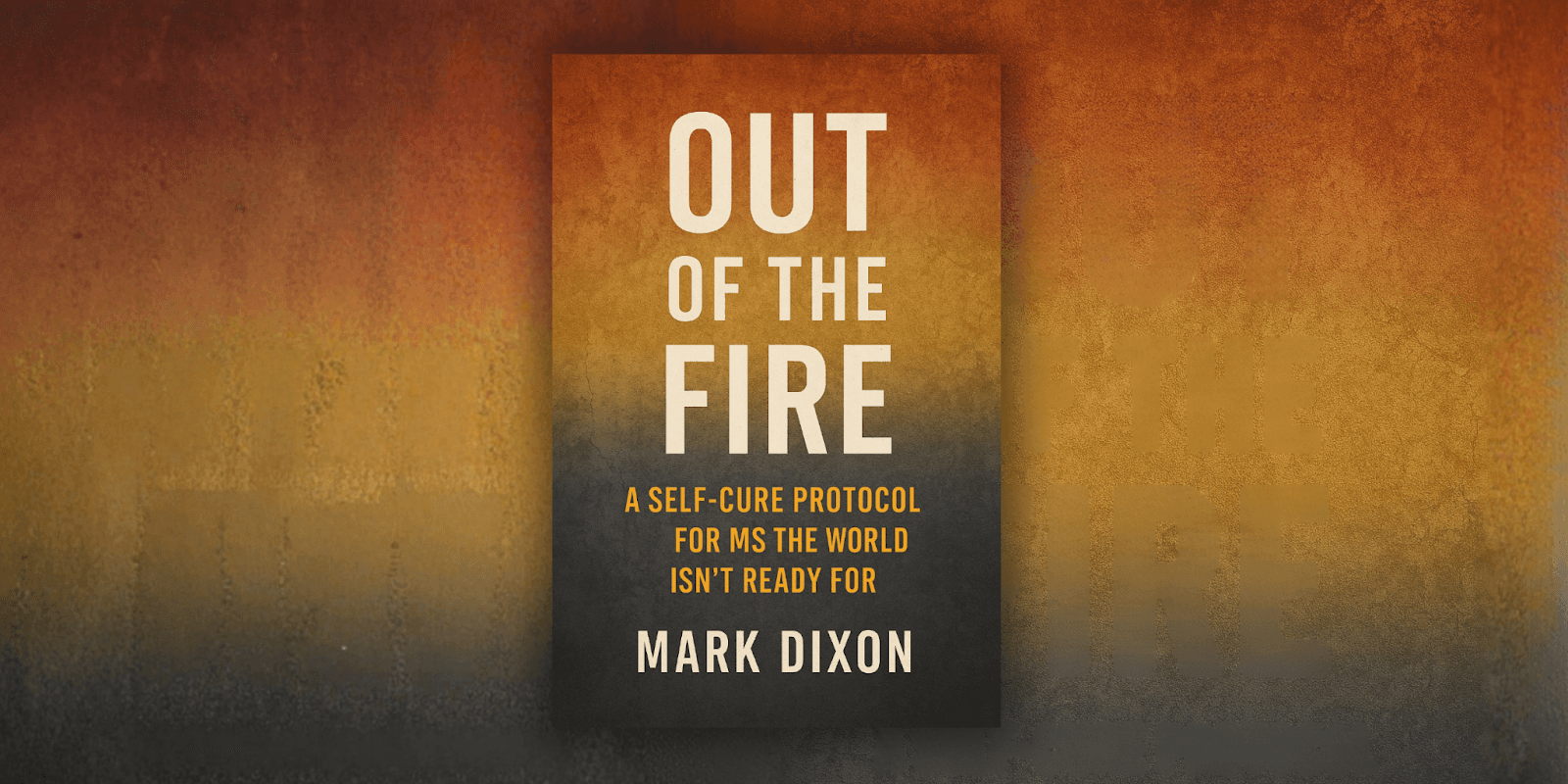Breaking Barriers in Theater: How Sophia Huang’s Dynamic Supertitles Are Changing the Game
Sophia Huang’s innovative dynamic supertitles are reshaping accessibility and storytelling in theater, creating deeper engagement.
By
Oct 2, 2025
The world of theater is vast, beautiful, and bound by tradition. But every so often, a new voice emerges, one that shakes up the rules and introduces a fresh way of thinking. For Sophia Huang, a visionary in the performing arts, this disruption is happening on the stage itself—not through new stories, but by changing the very way audiences engage with those stories. Enter the era of dynamic supertitles, an innovation that is redefining the accessibility and emotional depth of live theater.
In Huang’s latest production of Kamata March Finale—Gin’s Departure in Taiwan, supertitles do more than just translate dialogue. They bring the text to life. These aren’t just words floating above the stage; they are projections that shift in real-time, mimicking the emotions of the performers. The result is a visually and emotionally immersive experience that amplifies the theater’s storytelling power. The supertitles become a part of the performance, reflecting the characters’ internal journeys and the atmosphere of each scene, changing the way theatergoers of all backgrounds experience the play.
Sophia Huang: A Visionary Redefining the Boundaries of Theater
The idea of creating something that could change the fabric of an entire art form is not new to Sophia Huang. As the founder of the International Performing Arts Consortium (IPAC), she has spent years challenging the status quo in the world of theater. IPAC’s mission is simple: to break down the barriers that separate artists from audiences, cultures from cultures, and to make theater more inclusive. But Huang’s vision goes beyond just integrating cultures—it is about expanding the reach of the arts and allowing more people to access them, no matter their language or abilities.
“Most theater still operates with the assumption that the audience can understand the language of the performance,” Huang explains. “But what about the people who can’t speak the language or those who struggle to read traditional subtitles? We wanted to create something that allows everyone to engage with the performance in a meaningful way.”
This focus on inclusion is what led Huang to the idea of dynamic supertitles. She recognized that the traditional approach to captions could be a barrier in itself—especially when it was limited to simply translating words without considering the deeper emotions and cultural context behind them. Through collaboration with Ariel Imaginarium, Huang developed a technology that integrates supertitles into the performance itself, creating a visual experience that goes beyond translation.
Dynamic Supertitles: The Heartbeat of the Performance

Unlike traditional subtitles, which sit above the action, the dynamic supertitles in Kamata March Finale—Gin’s Departure 2025 Taiwan interact with the play, following the characters and shifting in real-time to reflect the tone, pace, and emotions of the scene. The technology used for this project creates over 2,000 video sequences, each one designed to add a new dimension to the narrative. When a character’s voice quivers with emotion, the text will appear soft and flowing; when anger erupts, the words are sharp and jagged, almost like a visual explosion. The supertitles are no longer passive; they are living components of the story.
This new approach allows audiences to feel the language, rather than just read it. It adds an extra layer of understanding, particularly for people who may be deaf, hard of hearing, or dyslexic. More importantly, it helps bridge the gap between different cultures, allowing a universal emotional connection that transcends the limitations of language.
Accessibility Reimagined: Making Theater Truly Inclusive
For Huang, this dynamic use of supertitles is not just about adding technology to the mix—it’s about fundamentally rethinking what accessibility means in the theater. For too long, accessibility has been treated as an afterthought, an “add-on” that theaters must implement to comply with regulations. But Huang’s goal was never to make accessibility feel like a concession. Instead, she views it as an integral part of the performance that enriches the experience for everyone, not just a select few.
“Accessibility shouldn’t be a ‘nice-to-have.’ It should be built into the very core of a production,” Huang asserts. “What we’re doing with dynamic supertitles is ensuring that no one feels left out. Whether you’re a native speaker, someone who speaks a different language, or someone with a disability, the goal is to create a space where everyone can connect to the story.”
By integrating these advanced supertitles, Huang is not just making theater more accessible for people with disabilities—she’s changing the way we think about inclusivity in the arts. The result is a more immersive, emotionally resonant experience for every audience member, whether they are hearing a language for the first time or experiencing the play through a visual medium.
A New Era for the Performing Arts
As more theater productions adopt this new technology, the impact on the art form could be profound. Dynamic supertitles offer an unprecedented opportunity for theater to evolve, creating a more universal, engaging experience for audiences of all backgrounds. And for Huang, this is just the beginning.
“Kamata March Finale—Gin’s Departure is only the first step,” Huang says. “We see this as a movement—one that encourages innovation, collaboration, and inclusivity in the performing arts. The future of theater is about breaking down boundaries, whether they’re cultural, linguistic, or physical. We’re not just telling stories—we’re creating a new way for people to experience them.”
Huang’s work is a reminder that theater can and should evolve. While many art forms remain rooted in tradition, theater offers unique opportunities to integrate new technologies and approaches that can change the way we connect with the world around us. And with leaders like Huang pushing the boundaries, we may soon see a new era of theater where accessibility and emotional depth go hand-in-hand.
Explore the Future of Theater
To discover more about the revolutionary work being done by the International Performing Arts Consortium, visit their official website. Learn how dynamic supertitles are changing the theater landscape and making performances accessible to more people than ever before.
Visit IPAC’s official site to learn more.
Explore the technology behind dynamic supertitles at Ariel Imaginarium.
Stay connected with IPAC’s community through their Facebook page.














